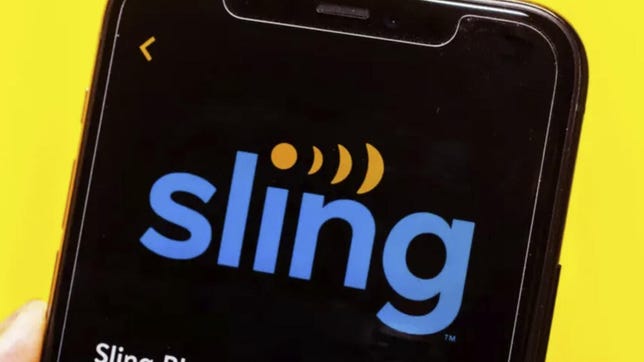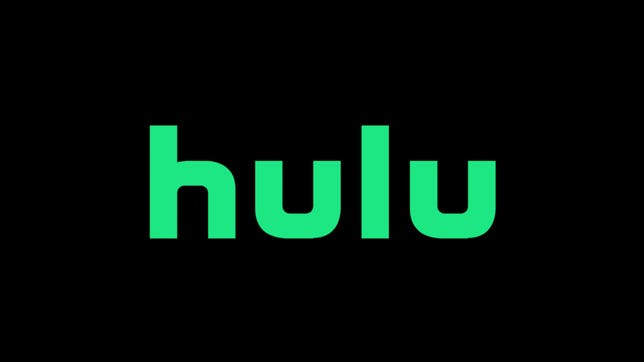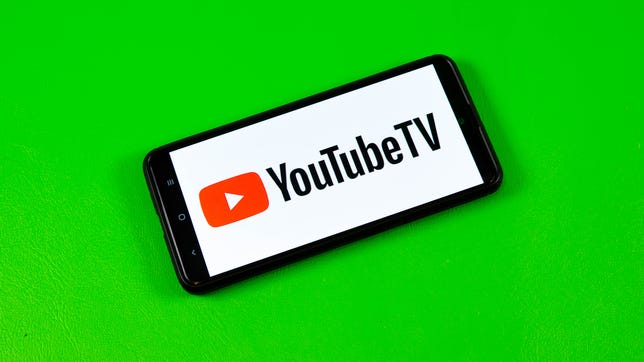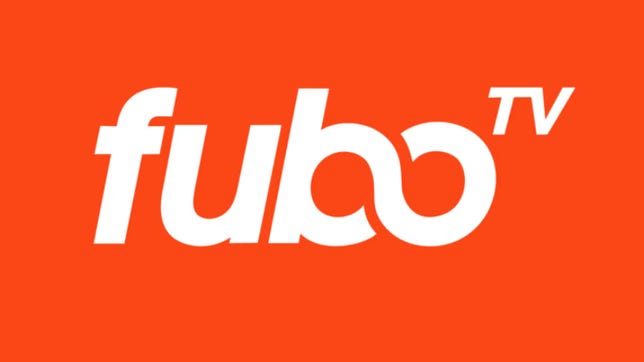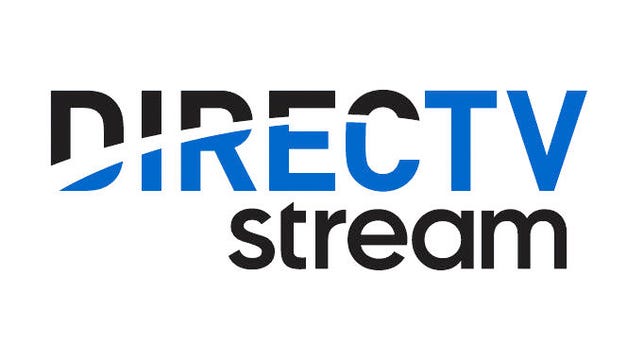Technologies
March Madness 2023: How to Watch and Stream the Women’s Final Four
The women’s college basketball tournament resumes Friday from Dallas on ESPN.

Can anyone beat South Carolina? After four rounds of the women’s NCAA basketball tournament, that’s still the question. Led by the imposing Aliyah Boston, the reigning Naismith Player of the Year and Defensive Player of the Year, South Carolina is the defending champion and has yet to lose a game this year. Iowa and the sensational Caitlin Clark are up next for the Gamecocks. The other Final Four matchup pits No. 1 Virginia Tech against No. 3 LSU.
Both Final Four games will be played on Friday in Dallas. Virginia Tech and LSU are up first, tipping off at 7 p.m. ET (4 p.m. PT), followed by the prime-time matchup of South Carolina and Iowa at 9 p.m. ET (6 p.m. PT). Both games will be shown on ESPN and ESPN Plus.
Here’s everything you need to know to watch the women’s Final Four and national championship game on Sunday without cable (and here’s how to watch the men’s tournament).
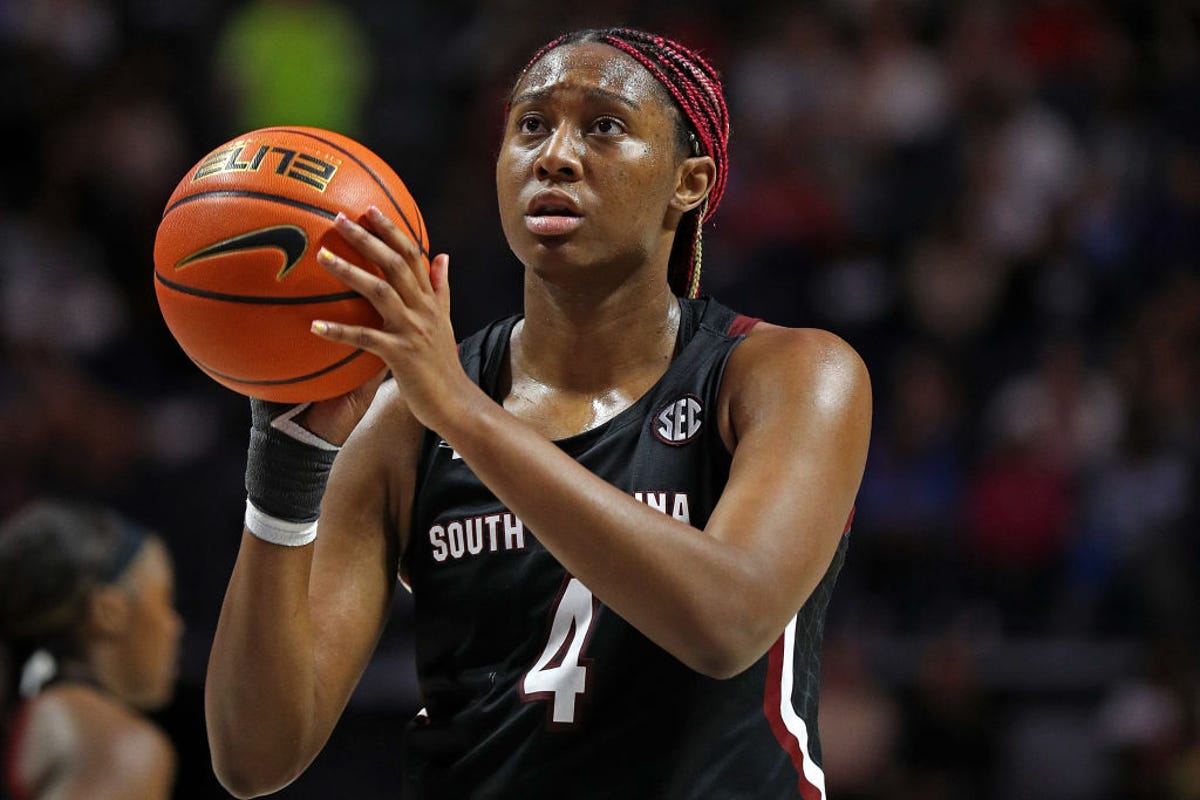

Aliyah Boston and No. 1 South Carolina take on No. 2 Iowa in the Final Four on Friday.
Justin Ford/Getty ImagesWhat is the NCAAW tournament schedule?
The schedule and channels for the Final Four and national championship are listed below (all times ET).
Friday, March 31
- No. 1 Virginia Tech vs. No. 3 LSU, 7 p.m. on ESPN and ESPN Plus
- No. 1 South Carolina vs. No. 2 Iowa, 9 p.m. on ESPN and ESPN Plus
Sunday, April 2
- Women’s NCAA championship game: 3:30 p.m. on ABC and ESPN Plus
Can I stream March Madness for free?
Go to the NCAA’s March Madness Live site or use its March Madness Live app and you’ll be able to watch games for free. You can watch March Madness Live on iOS and Android devices along with Apple TV, Roku, Fire TV and Xbox. The app also supports AirPlay and Chromecast.
As with most things that are free, there’s a catch. Without proving you’re a pay-TV subscriber, you get only a three-hour preview, after which point you’ll need to log in to continue watching.
What are my other streaming options?
You can use a live TV streaming service to watch the women’s NCAA basketball tournament. All five of the major live TV streaming services offer the channels needed to watch every game, but keep in mind that not every service carries every local network, so check each one using the links below to make sure it carries ABC in your area. You can also watch the remainder of the tournament on ESPN Plus.
ESPN’s stand-alone streaming service costs $10 a month or $100 a year and will show both Final Four games as well as the national championship game.
Sling/CNET
Sling TV’s $55-a-month Orange and Blue plan includes ABC and ESPN. Keep in mind, however, that Sling offers ABC carries ABC only in a handful of areas. Read our Sling TV review.
Hulu
Hulu with Live TV costs $70 a month and includes ABC and ESPN. Click the «View channels in your area» link on its welcome page to see which local channels are offered in your ZIP code. Read our Hulu with Live TV review.
Sarah Tew/CNET
YouTube TV now costs $73 a month and includes ABC and ESPN. Plug in your ZIP code on its welcome page to see which local networks are available in your area. Read our YouTube TV review.
Fubo TV
FuboTV’s basic plan costs $75 a month and includes ABC and ESPN. Click here to see which local channels you get. Read our FuboTV review.
Directv stream
DirecTV Stream’s basic $75-a-month plan includes ABC and ESPN. You can use its channel lookup tool to see which local channels are available where you live. Read our DirecTV Stream review.
All of the live TV streaming services above offer free trials, allow you to cancel anytime and require a solid internet connection. Looking for more information? Check out our live-TV streaming services guide.
Technologies
iPhone 17 Preorders Spike and Overall Phone Sales Aren’t Slowing Down Despite Tariffs
Global smartphone shipments saw a notable increase in the third quarter of 2025. Plus, preorders for Apple’s new iPhone 17 beat out the iPhone 16.

Despite tariffs and market uncertainty, global smartphone shipments increased 2.6% in the third quarter of 2025, compared to the same time last year, according to the International Data Corporation. Additionally, preorders for the iPhone 17, which launched last month, outpaced last year’s iPhone 16.
These increased sales include premium phones like the latest iPhones and Samsung foldables, suggesting yet again that pricier phones still sell in periods of economic strain. It’s a remarkable achievement, says IDC senior research director Nabila Popal, citing shrewd financing options as the reason people keep buying these high-end phones, which cost anywhere from $800 to nearly $2,000.
«[Phone makers] have mastered the art of innovation not only in hardware and software to entice upgrades but also in removing purchase friction. They have flawlessly combined cutting-edge devices with innovative financing models and aggressive trade-in programs that make the upgrading decision a ‘no-brainer’ for consumers,» Popal said in an IDC press release.
Apple sold 58.6 million iPhones this quarter, an increase of 2.9% over the same period in 2024, with more preorders for the iPhone 17 series than its predecessor. But Samsung wasn’t far behind, with its Galaxy Z Fold 7 and Galaxy Z Flip 7 selling better than all of the company’s prior foldables. The company still reigns atop the phone market with 61.4 million phones sold, representing 19% of the market in the third quarter of this year — an increase of 6.3% from the same period last year. Meanwhile, Apple lands slightly behind Samsung with 18.2% market share this quarter.
The other phone makers trailing Apple and Samsung are, in order: Xiaomi, with 13.5% of the market; Transsion, with 9%; and Vivo with 8.9%. The remaining companies in the phones industry, from Chinese stalwarts like Oppo and Honor to Motorola and Google, make up the remaining 31.4% of the market for the quarter. All told, 322.7 million phones were sold, up from 314.6 million in the third quarter of 2024, according to IDC.
IDC’s findings for the third quarter continue the small but steady growth of phone sales over the year, including a modest 1% increase in the preceding three months — which includes the April deadline when President Donald Trump unveiled sweeping tariffs. In the second quarter, IDC cited midrange devices like Samsung’s Galaxy A36 and other phones that started incorporating AI. But even persistent tariffs haven’t slowed down people’s appetites for pricier phones in the third quarter.
Technologies
Today’s NYT Mini Crossword Answers for Tuesday, Oct. 14
Here are the answers for The New York Times Mini Crossword for Oct. 14.
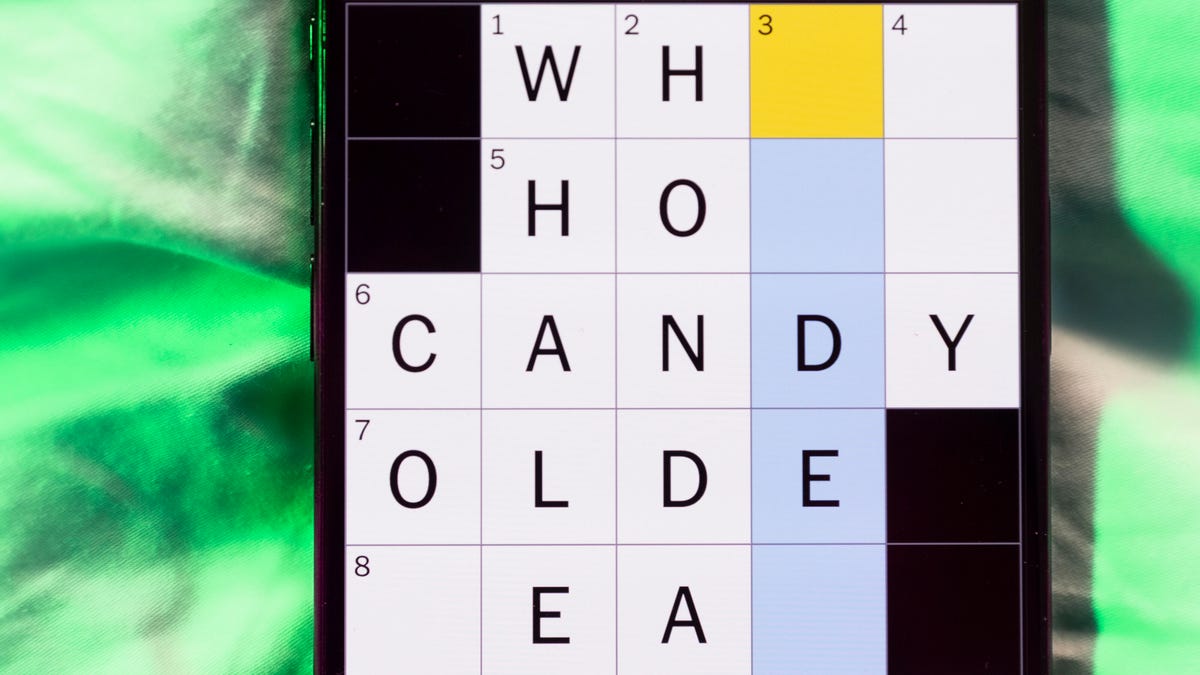
Looking for the most recent Mini Crossword answer? Click here for today’s Mini Crossword hints, as well as our daily answers and hints for The New York Times Wordle, Strands, Connections and Connections: Sports Edition puzzles.
Today’s Mini Crossword has an odd vertical shape, with an extra Across clue, and only four Down clues. The clues are not terribly difficult, but one or two could be tricky. Read on if you need the answers. And if you could use some hints and guidance for daily solving, check out our Mini Crossword tips.
If you’re looking for today’s Wordle, Connections, Connections: Sports Edition and Strands answers, you can visit CNET’s NYT puzzle hints page.
Read more: Tips and Tricks for Solving The New York Times Mini Crossword
Let’s get to those Mini Crossword clues and answers.
Mini across clues and answers
1A clue: Smokes, informally
Answer: CIGS
5A clue: «Don’t have ___, man!» (Bart Simpson catchphrase)
Answer: ACOW
6A clue: What the vehicle in «lane one» of this crossword is winning?
Answer: RACE
7A clue: Pitt of Hollywood
Answer: BRAD
8A clue: «Yeah, whatever»
Answer: SURE
9A clue: Rd. crossers
Answer: STS
Mini down clues and answers
1D clue: Things to «load» before a marathon
Answer: CARBS
2D clue: Mythical figure who inspired the idiom «fly too close to the sun»
Answer: ICARUS
3D clue: Zoomer around a small track
Answer: GOCART
4D clue: Neighbors of Norwegians
Answer: SWEDES
Technologies
Watch SpaceX’s Starship Flight Test 11
-

 Technologies3 года ago
Technologies3 года agoTech Companies Need to Be Held Accountable for Security, Experts Say
-

 Technologies3 года ago
Technologies3 года agoBest Handheld Game Console in 2023
-

 Technologies3 года ago
Technologies3 года agoTighten Up Your VR Game With the Best Head Straps for Quest 2
-

 Technologies4 года ago
Technologies4 года agoVerum, Wickr and Threema: next generation secured messengers
-

 Technologies4 года ago
Technologies4 года agoGoogle to require vaccinations as Silicon Valley rethinks return-to-office policies
-

 Technologies4 года ago
Technologies4 года agoBlack Friday 2021: The best deals on TVs, headphones, kitchenware, and more
-

 Technologies4 года ago
Technologies4 года agoOlivia Harlan Dekker for Verum Messenger
-

 Technologies4 года ago
Technologies4 года agoiPhone 13 event: How to watch Apple’s big announcement tomorrow


